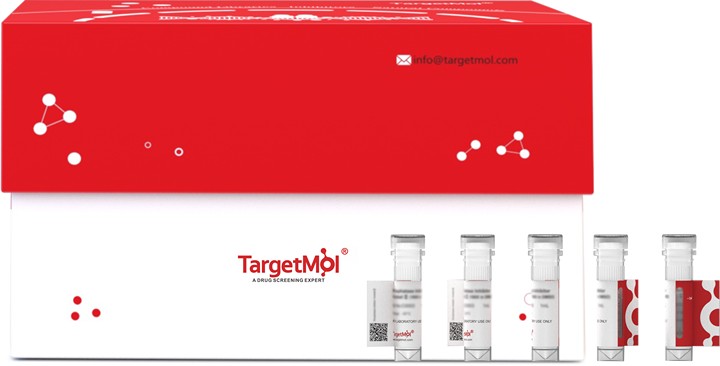购物车
- 全部删除
 您的购物车当前为空
您的购物车当前为空

FGF-1 Protein, Cynomolgus, Recombinant is expressed in E. coli expression system. The predicted molecular weight is 16 kDa.

| 规格 | 价格 | 库存 | 数量 |
|---|---|---|---|
| 100 μg | ¥ 1,950 | 5日内发货 |
| 生物活性 | Measured in a cell proliferation assay using BALB/c 3T3 mouse fibroblasts. The ED50 for this effect is typically 0.1-0.4 ng/mL. |
| 产品描述 | FGF-1 Protein, Cynomolgus, Recombinant is expressed in E. coli expression system. The predicted molecular weight is 16 kDa. |
| 种属 | Cynomolgus |
| 表达系统 | E. coli |
| 标签 | Tag Free |
| 别名 | fibroblast growth factor 1 (acidic) |
| 蛋白构建 | A DNA sequence encoding the cyno FGF1 (Phe16-Asp155) was expressed and purified with an initial Met. Predicted N terminal: Met |
| 蛋白纯度 | > 95 % as determined by SDS-PAGE |
| 分子量 | 16 kDa (predicted); 16 kDa (reducing conditions) |
| 内毒素 | Please contact us for more information. |
| 缓冲液 | Supplied as sterile PBS, pH 7.4, 20% glycerol. |
| 复溶方法 | A Certificate of Analysis (CoA) containing reconstitution instructions is included with the products. Please refer to the CoA for detailed information. |
| 存储 | It is recommended to store the product under sterile conditions at -20°C to -80°C. Samples are stable for up to 12 months. Please avoid multiple freeze-thaw cycles and store products in aliquots. |
| 运输方式 | In general, Lyophilized powders are shipping with blue ice. Solutions are shipping with dry ice. |
| 研究背景 | aFGF, also known as FGF1 and HBGF-1, is a member of the fibroblast growth factor family. The biological activity of aFGF protein is exerted through binding to four high affinity cell surface receptors (FGFR1–4), which results in receptor dimerization and transphosphorylation in the tyrosine kinase domain. aFGF protein shows a wide range of endocrine-like activities. As a multiple function growth factor, this protein is involved in embryo development and tissue repair. Additionally, this protein is considered to function in several important physiological and pathological processes, such as embryonic development, morphogenesis, angiogenesis, wound healing and atheromatosis, carcinogenesis, development, and invasion of cancer.References |